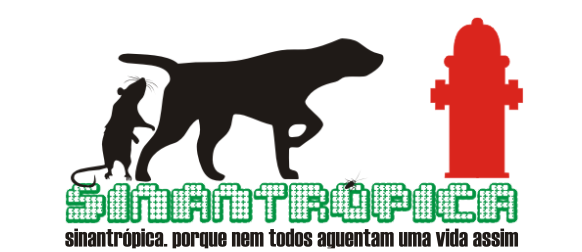[Our bloodstream is considered to be an environment well separated from
the outside world and the digestive tract. According to the standard
paradigm large macromolecules consumed with food cannot pass directly to
the circulatory system. During digestion proteins and DNA are thought
to be degraded into small constituents, amino acids and nucleic acids,
respectively, and then absorbed by a complex active process and
distributed to various parts of the body through the circulation system.
Here, based on the analysis of over 1000 human samples from four
independent studies, we report evidence that meal-derived DNA fragments
which are large enough to carry complete genes can avoid degradation and
through an unknown mechanism enter the human circulation system. In one
of the blood samples the relative concentration of plant DNA is higher
than the human DNA. The plant DNA concentration shows a surprisingly
precise log-normal distribution in the plasma samples while non-plasma
(cord blood) control sample was found to be free of plant DNA.]
via PLOS-One
Papa Leão XIV “libera” sexo não procriativo no casamento. E os métodos
contraceptivos?
-
Artigo de José Eustáquio Diniz Alves Se a relação sexual não tem, por
natureza, a obrigação de ser generativa, torna-se coerente liberar o uso de
métodos c...
Há um dia



Um comentário:
Caro Glenn.
Que o DNA das coisas que comemos circulam no nosso sangue de forma transitória não é exatamente novidade. O curioso é que genes inteiros estejam rodando por aí no plasma. Esta parte do artigo é entretanto muito especulativa.
O que isso nos ensina sobre riscos de novos alimentos? Absolutamente nada. Esta é uma informação, por enquanto, de cunho essencialmente científico.
O artigo é de leitura difícil. Está devidamente destrinchado em http://genpeace.blogspot.com.br/2013/08/genes-inteiros-podem-passar-do-alimento.html.
Cordialmente
Paulo Andrade
Postar um comentário